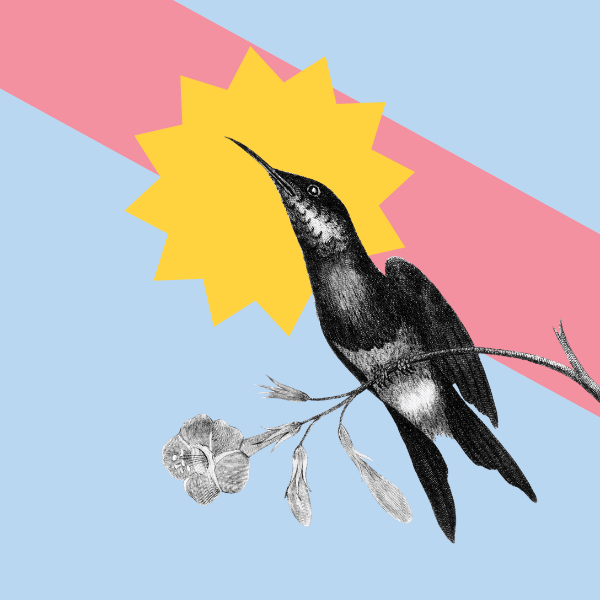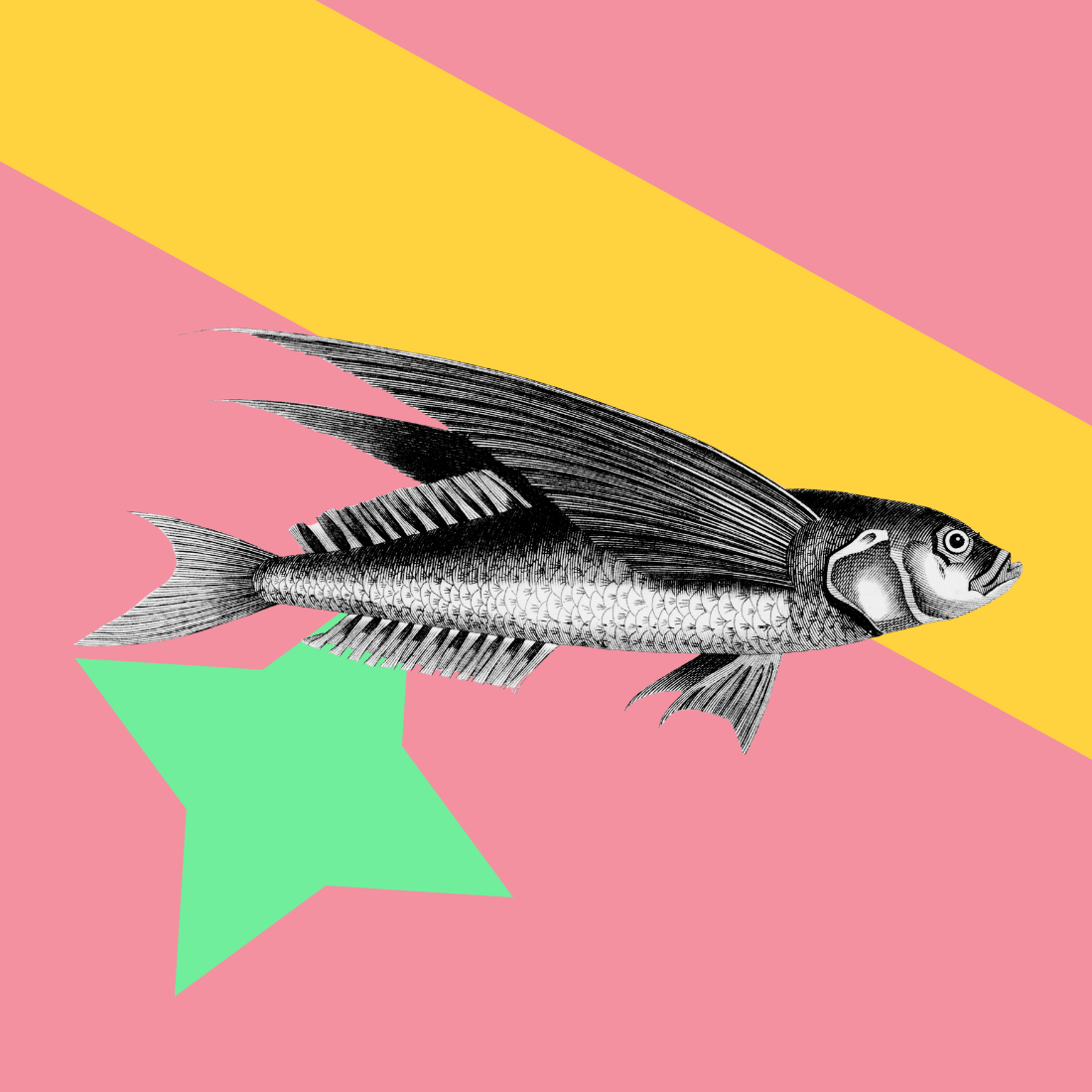Submitting your work to an open call, art prize, or creative award can feel uncomfortable. Allowing your work to be judged by a panel of strangers, wondering if your work will resonate with the hope of being selected. But have you ever wondered what it’s like on the other side of that process? What do judges actually look for, how do they make their decisions, and what challenges do they face when evaluating hundreds (or thousands) of entries?
We asked 4 judges across the creative industry to pull back the curtain on the selection process, sharing candid reflections on what they’ve learned and what surprised them.
From Gabrielle de la Puente (1/2 of The White Pube and author of Poor Artists), who served as a juror for the John Moores Painting Prize, to photographer Juan Carlos Verona on the Cluster Photography Artist In Residence panel, to Pita Arreola, who has sat on multiple international tech-art award committees including the Lumen Prize, and silversmith Kevin Grey, who judged an international craft prize; these experts offer honest insights into what goes through their minds during deliberation, what feels important to them in the process.
Whether you’re preparing your next application or simply curious about what happens behind closed doors, here’s what they learned, and what might help you approach your next submission with fresh perspective.
Gabrielle de la Puente, The White Pube
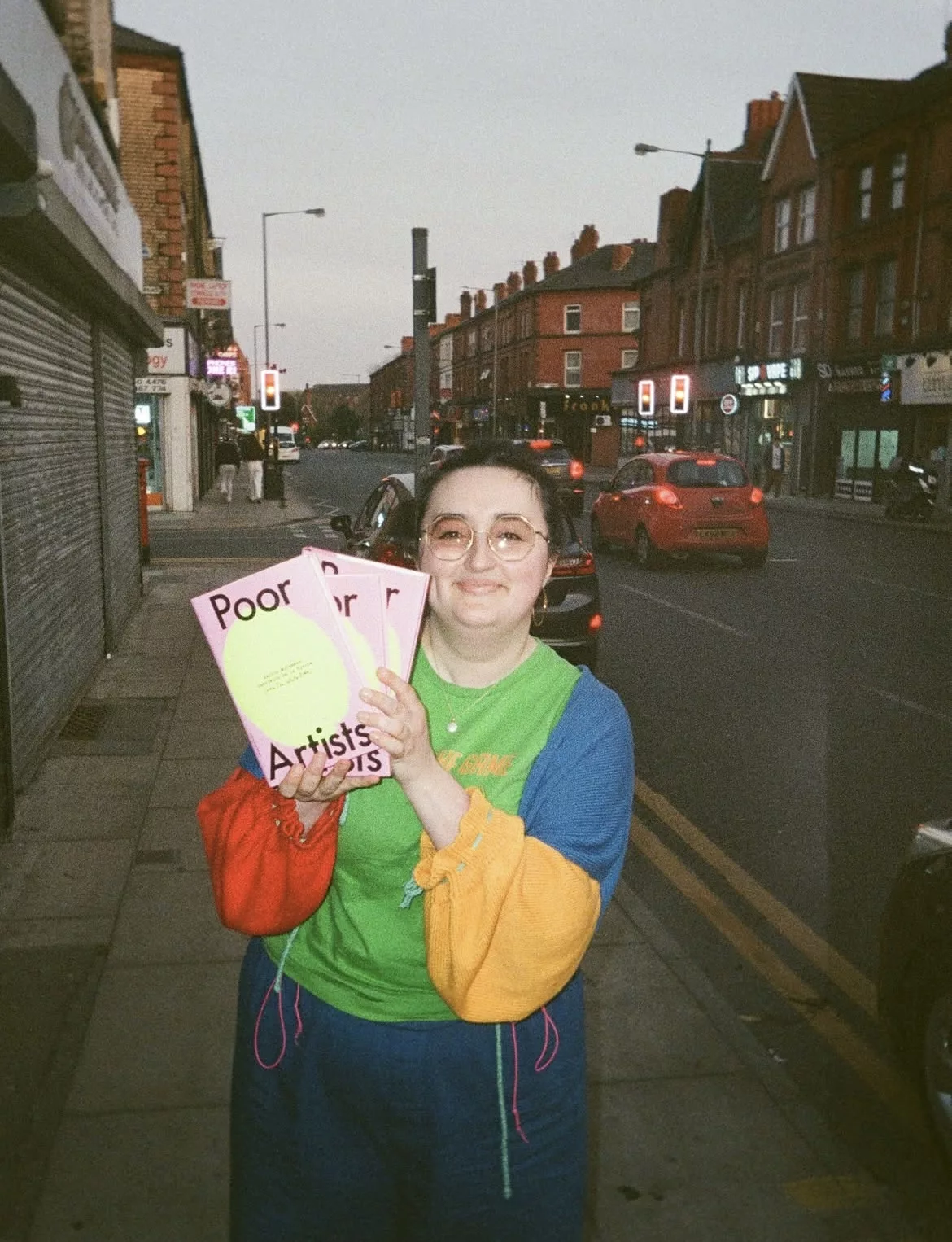
Gabrielle (1/2 of The White Pube and author of Poor Artists) offers a particularly candid reflection from her time as a juror for the John Moores Painting Prize:
I learnt that a painting can be an entire essay in a frame. I learnt painting can wink, slap, tell inside jokes, or ask you to acknowledge it right now this instant. It can have presence like the hot person at a party. It can be opaque. Your favourite stranger. I was knackered but I was also art’s biggest fan. Like I understood it or something. So high I could see the curve of the horizon.
I’ll never enjoy future instalments of John Moores exhibitions as much as I did in 2023 when I got to cater a slice to my exact taste. I have killed it for myself. I like that I can still discover new feelings. But on killing things, it’s a bit like that E.B. White take on comedy, ‘explaining a joke is like dissecting a frog. You understand it better but the frog dies in the process.’ I am so glad I killed the competition for myself. Its image and its power are dead. I know for every person selected, granted, and funded in the arts, there’s many more made to feel they aren’t worthy. But I don’t believe the jury has the right to decide if I feel worthy or not, when this is more about them than it is about the thing they’re judging. The jury doesn’t have the right, neither does the critic, nor the audience. I have been all three, and the person applying. I am so calm here on the other side. Calm or dead.
You can read more of this text ‘John Moores Painting Prize’ on the White Pube. Gabrielle de la Puente is 1/2 of The White Pube, the collaborative identity of Gabrielle and Zarina Muhammad, under which they write about art, video games, books, food, life, the weather, and whatever else is close to their hearts. They published their debut book, Poor Artists in 2024 – a must read for artists. You can find more from Gabrielle at her website and bluesky.
Juan Carlos Verona, Photographer and Filmmaker

After recently being on the selection panel for Cluster Photography Artist In Residence, Juan reveals his stance on AI and the power of authenticity:
I’ve recently participated as a judge on two occasions, and I found the process both rewarding and challenging. As a juror, you want to give each entry the attention it deserves, understanding not just the visuals, but the thought, context, and intention behind the work. During the last panel, we had over 200 applicants and limited time to decide, which made it even harder; you want to spend enough time with each but ultimately have to follow your instincts.
I was immediately drawn to submissions that felt cohesive and carefully presented: clean, well-structured PDFs with clear writing, thoughtful sequencing, and no traces of AI-generated text. It’s not about perfection, but about honesty and coherence. I’m a curious person, so projects that surprised me or taught me something new always stood out.
My advice would be: use your own words. Be genuine about what fascinates you, and don’t try to fit into what’s already been done, it’s already done and there’s a lot of noise already. We live in a moment where authenticity matters more than ever, and while AI can be a tool, relying on it too heavily can work against you.
Juan Carlos Verona is a photographer and filmmaker whose work spans documentary, portraiture, fashion and cultural storytelling. As co-founder of ZERO.NINE, he champions independent voices in photography, music, and contemporary culture. You can find more from Juan on his website, Instagram and at ZERO.NINE Magazine.
Pita Arreola, Head of Programmes at arebyte and co-founder of Off Site Project
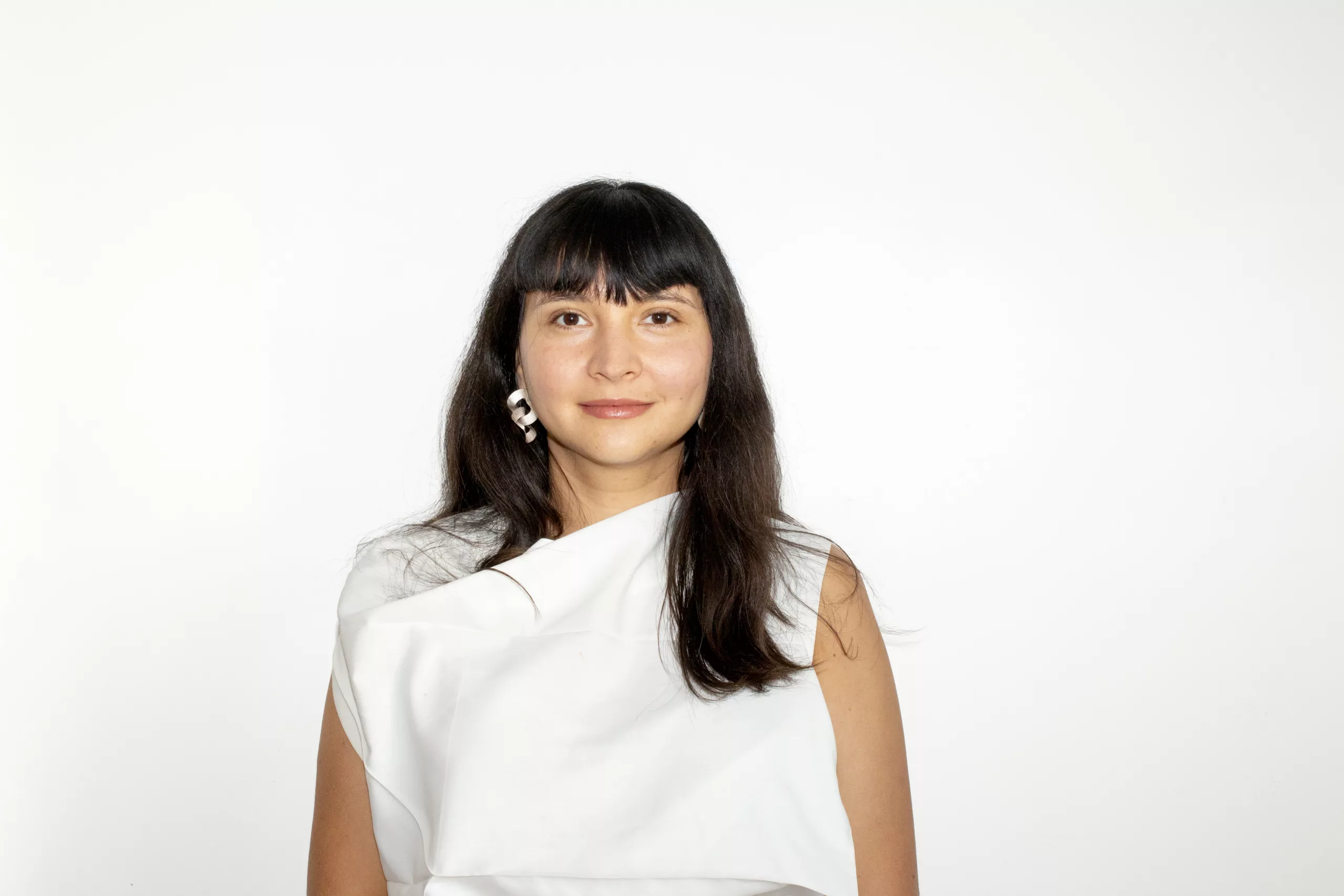
After sitting on several selection panels this year, Pita reflects on the lessons that transformed her approach to judging:
This year, I had the pleasure to sit on the committees of three international awards dedicated to supporting artists experimenting with technology: the Art on Tezos Photography Prize; the SOLO AI Award; and the Lumen Prize, for whom I’ve been part of the International Selection Committee since 2022.
Combined, these experiences have had a deep influence on my approach to judging works of art. Over the years, I have learned that beyond the award’s criteria, you need to have an overview of all the entries in order to develop a context to judge from. This is particularly relevant in regards to artworks that might draw on similar conceptual frameworks and technical approaches but where the outcomes can be drastically different, as is often the case with digital art. Always revisit your initial scoring in light of the final artworks you review.
Another key learning is measuring the amount of time you need to spend with an artwork and the overall judging process. Many digital artworks are contextualised with complex technical riders and multiple forms of documentation, truly understanding them can be time consuming. I usually do this work over the weekends, when I don’t have to be looking at emails and can set aside time to solely focus on reviewing the entries.
Pita Arreola is Head of Programmes at arebyte Digital Art Centre, and the co-founder of Off Site Project, a curatorial platform dedicated to support new media talent. She has collaborated with over 200 artists from across the globe developing experimental projects that critically explore the social impact of emerging technologies. From 2021-2024, Pita was Curator of Digital Art at the Victoria and Albert Museum. She is also co-editor of Digital Art:1960s-Now (V&A, Thames & Hudson, 2024), a book exploring the histories behind digital art. You can find more from Pita on Instagram.
Kevin Grey, Silver Contemporary Metal Artist
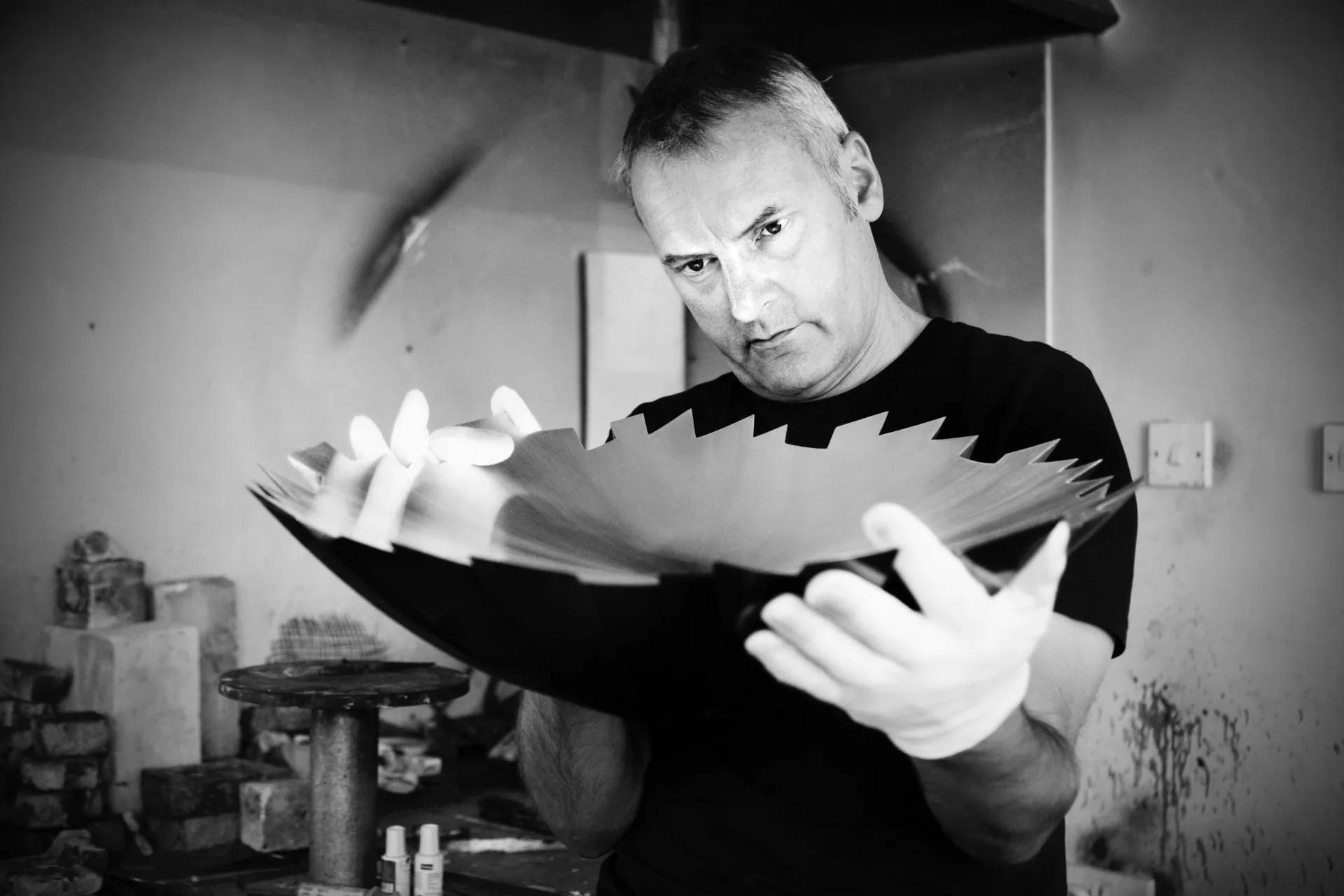
After years as a practicing artist, Kevin was invited to judge an international craft prize – an experience that revealed an entirely different side of the awards process:
I was invited to be an expert panel member for an international craft prize and of course I was delighted to be invited but it wasn’t until I saw the over 3000 works that I realise what a privilege it was to have access to so many images of work from across the globe.
The first step was just to view them purely for their visual impact and of course that’s really difficult if you only have one image. Artists who had submitted more images or had links to social media really meant I could better understand their work and it revealed their unique voice.
There was a brief for the prize and I suppose that’s the starting point, but when you’re in a room full of experts you’re taken through so many different points of view. Undoubtedly the experts who are the most articulate are the ones who can ensure their choices make the final list and that can be challenging.
Being in the position of a judge challenges your own perception, your own values, what knowledge or expertise you bring to a work and the making process. If you aren’t in the room with the object it’s even harder to rely on an emotional response. What values are you attaching to a work when you judge it? For example, standards of western making rooted in industrial histories, what you think is quality. You have to be prepared to examine that closely and be surprised and enlightened.
Kevin Grey is a silversmith and artist whose work explores the boundaries between craft, sculpture and design. With decades of experience working in the luxury automotive industry, his practice interrogates traditional metalworking techniques while pushing material and conceptual limits. Based in the UK, Kevin’s work has been exhibited in New York, the Netherlands, and Palais de Tokyo, Paris. You can find more from Kevin on his website and Instagram.
We can help!
Zealous makes judging easy
But we’re not alone in the space – here are 8 other judging platforms you may wish to consider (even if we would prefer you choose us!).
Want us to write more content like this? Give it a like
Share
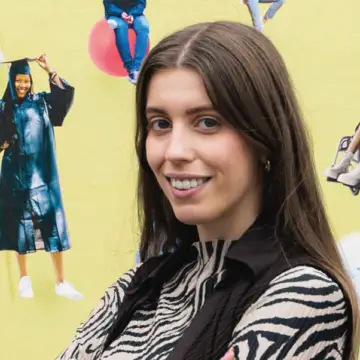
Carmela Vienna

Bethan Jayne Goddard
Frequently Asked Questions
How do I judge an art prize?
Judging an art prize requires dedicated time and a willingness to examine your own perspective. It’s important to view all entries before making final decisions, as understanding the full scope of submissions helps create context for evaluation. Many judges find it helpful to set aside focused time away from other distractions, particularly when reviewing work that includes complex documentation or technical information.
Throughout the process, it’s valuable to question what values and assumptions you’re bringing to your assessment – whether that’s ideas about quality, craft standards, or cultural perspectives that may shape how you see the work.
What should I look for when judging creative submissions?
When judging creative work, consider both the visual impact and how well you can understand the artist’s practice and intention. Submissions that include multiple images or links to additional work often provide a fuller picture of an artist’s unique voice.
Presentation matters – clear, thoughtfully structured applications with genuine writing help judges engage with the work more effectively. While official criteria provide a framework, trust your instincts about what resonates, surprises you, or teaches you something new.
If you’re not viewing physical work, pay attention to how documentation conveys the emotional or sensory qualities of the piece.
What is the judging criteria for open calls?
Judging criteria varies by prize, but most open calls provide a brief or set of guidelines that form the starting point for evaluation. Beyond these official requirements, judges often consider how work relates to similar submissions in the pool, particularly when multiple artists are working with comparable concepts or techniques.
The quality and coherence of presentation plays a role, as does the artist’s ability to articulate their intentions clearly. It’s important to understand that judging remains inherently subjective, with panel discussions revealing multiple interpretations and perspectives that shape final decisions. The most effectively communicated cases often have an advantage in panel deliberations.
How much time does it take to judge an Art Prize?
The time required to judge an art prize varies significantly depending on the number of submissions, the complexity of the work, and the depth of review required. For prizes with hundreds of entries, judges might need several dedicated days or weekends to properly review all submissions.
Digital artworks or pieces with complex technical documentation can be particularly time-consuming, as they often require careful attention to multiple forms of supporting material to fully understand the work.
Many judges find it necessary to block out uninterrupted time away from emails and other distractions to give entries the focus they deserve. Panel discussions and deliberations add additional time beyond individual review, as judges work together to compare perspectives and reach consensus on selections.
Overall, judging is rarely a quick process; it requires a genuine investment of focused attention to do the work justice.
How can I judge art prizes and open calls efficiently?
Managing large volumes of submissions requires both strategic organisation and adequate time. Platforms like Zealous are designed to streamline the judging process, allowing you to review, score, and compare entries in one centralised space, which is particularly helpful when dealing with hundreds or thousands of applications.
Consider reviewing in stages – perhaps starting with an initial assessment of visual impact before diving deeper into documentation and context. Build in enough time to properly understand work that requires technical knowledge or multiple forms of documentation, rather than rushing through entries.
Collaboration with fellow panelists can reveal perspectives you might not have considered.
What do judges wish artists knew about the selection process?
Judges often face overwhelming volumes (sometimes thousands of entries) with limited time to review each one, which means your submission is competing for attention in an enormous pool. The documentation you provide genuinely matters; single images make it difficult to fully grasp your work, while multiple views or supporting materials help reveal your unique voice and practice.
Thoughtful judges are actively examining their own biases and assumptions about what constitutes quality or successful work, recognising that their backgrounds and experiences shape their perspective. The selection process carries emotional weight for judges too, who understand that for every artist selected, many talented practitioners don’t receive recognition.
Understanding that judging is inherently subjective (shaped by panel dynamics, individual perspectives, and the specific context of all submissions) can help frame rejection as part of a complex process rather than a definitive judgment on your work’s value.




